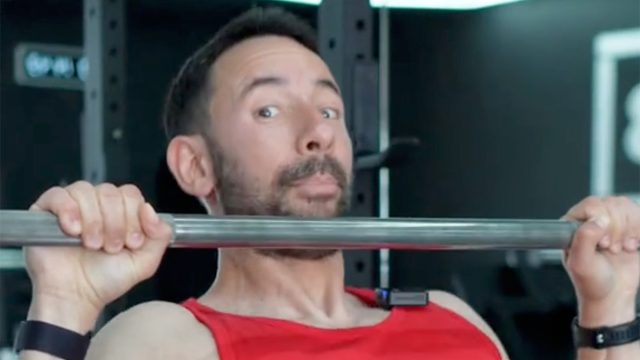3 Things I Wish I Knew When I Started Weightlifting, According to Fitness Coach
Steve Lutsk (@dadbodsteve) is a fitness trainer who has transformed his body over the years. He boasts hundreds of thousands of followers across multiple social media platforms, sharing content on the best ways to get fit. In a recent viral video he opens up about his own journey, and a few mistakes he made along the way. "I'm almost 40. I've been lifting weights for 20 years, and these are three things I wish I knew when I first started out," he says in the clip. "I'm very lucky. I've never had any major injuries. I've done a lot more right than I have wrong, but this is what I would've changed." We also asked The Diet Diva, Tara Collingwood, MS, RDN, CSSD, LD/N, ACSM-CPT, a Board Certified Sports Dietitian to weigh in.
He Wishes He "Trained Legs" More
@dadbodsteve 3 Things I WISH I Knew When I First Started Weighlifting #fitness #fittok #dadbod #motivation ♬ Quirky – Oleg Kirilkov
"I wish I trained legs more frequently and stopped relying on squats. I never skipped leg day, but they didn't really start growing until I started training them twice a week and started focusing on single leg variations like Bulgarian split squats, a TG split squats and lunge variations. Squats are great, but they weren't the best for me for leg hypertrophy," Steve says.
He Wishes He Did "More Prehab Work" on His Shoulders
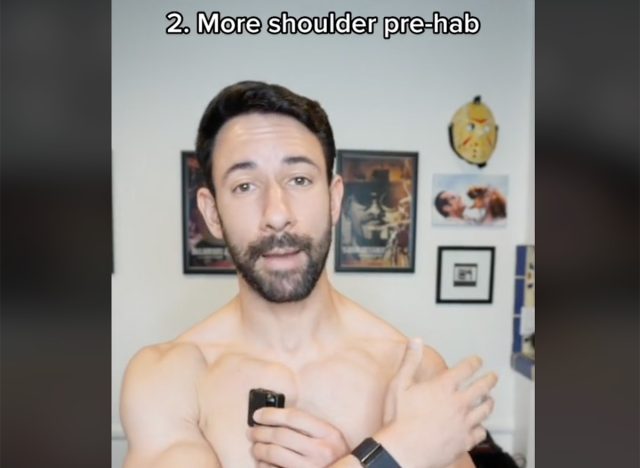
"I wish I did more prehab work on my shoulders," he continues. "I don't have any major shoulder issues, but I have a couple acute problems due to never training my rotator cuffs. It's going to be okay. I'm fixing this right now, but I really dodged a bullet and wish I had addressed this years ago."
Related: I'm a Registered Nutritionist and Here's What I Eat in a Day
He Wishes He Did More Posture Work
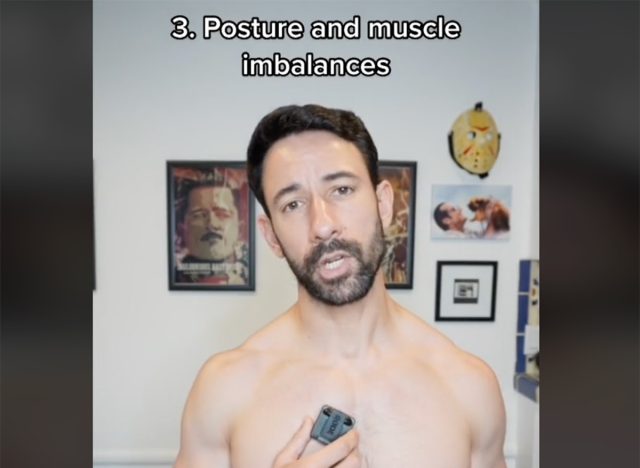
"Finally, I wish I had done more work on my posture right from the start," Steve confesses. "It would've saved me so much time and definitely prevented a couple trips to the chiropractor. I have a couple imbalances with my shoulders, legs, and hips that could have been prevented if I even knew what an imbalance was when I first started training. Learn from my mistakes. Remember to train your muscles and not your ego, and follow me to lose your dad body."
Collingwood Weighs In
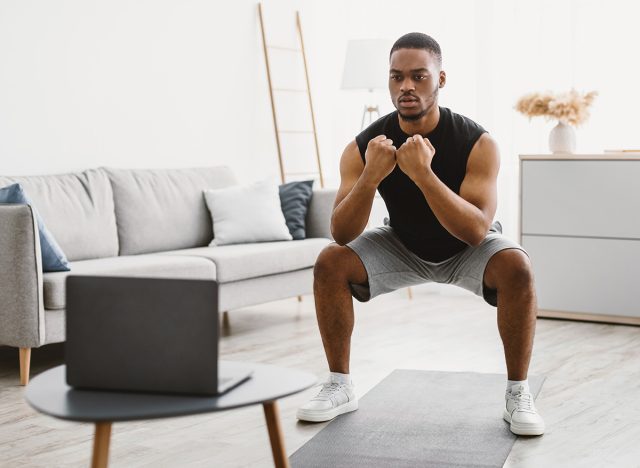
Whether or not you should follow his advice, "depends on what your goals are," says Collingwood. "Squats and lunges are excellent exercises that work essentially all of the leg and glute muscles. But doing single leg exercises can definitely isolate each leg and potentially even out imbalances. The amount of weight and number of sets make a big difference in hypertrophy vs just toning."
She Suggests Doing a "Variety of Exercises" with Each Muscle Group
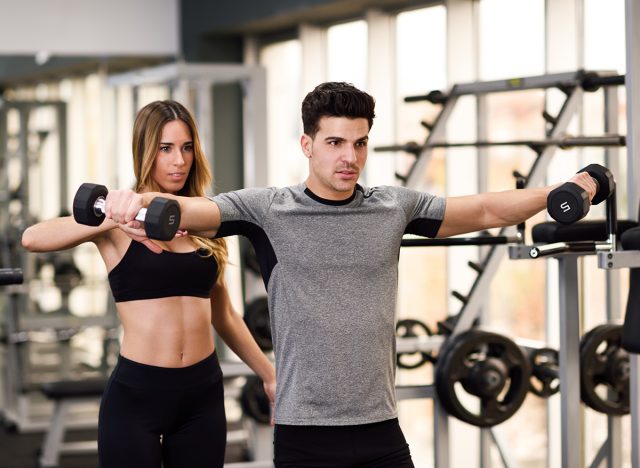
"Doing a variety of exercises even with each muscle group is good to get all sides/parts of that muscle," she continues. "Shoulders have a lot going on so doing several different shoulder exercises that hitch front, side, and back of the shoulders will help."
Related: Benchmark Your Progress with Our Lean Body Mass Calculator
Posture and Form Are Key
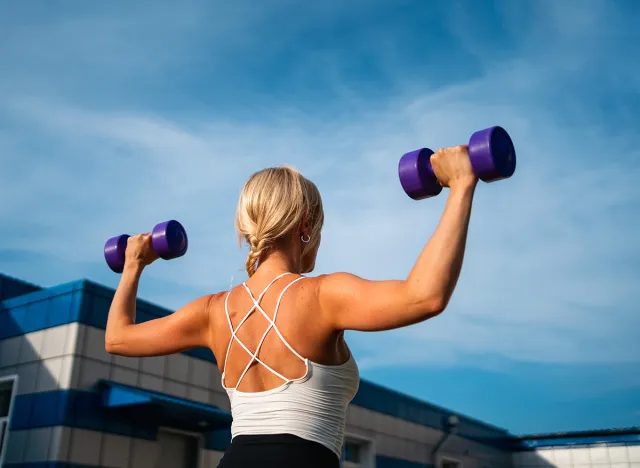
Posture and using the correct form while weight lifting is probably the biggest prevention for injuries, says Collingwood. "If you find yourself compromising form you are probably using weights that are too heavy. Drop down a little bit and do it with the correct form. If you aren't sure if you are doing it right, hire a trainer. Even one session can help you to make sure you are doing it right and not getting injured."
💪🔥Body Booster: Try and look at exercise now as "prehab" – protecting your body from future injury. The more strength and muscles you build, the less likely you are to experience injury in the future.
